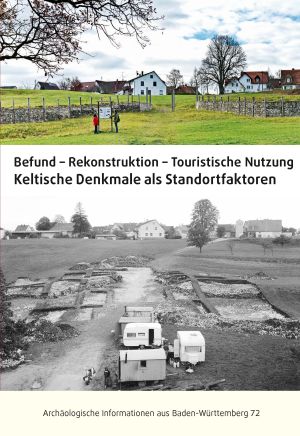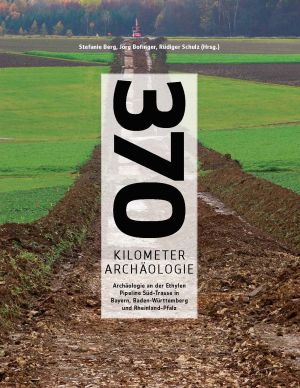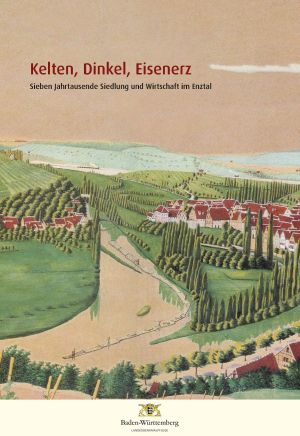Bofinger, Jörg
Befund – Rekonstruktion – Touristische Nutzung: Keltische Denkmale als Standortfaktoren
The “Heidengraben” on the Swabian Alb comprises the remains of a Late Celtic fortified settlement of the 2nd and 1st centuries BC. Archaeological finds and remains of ramparts visible above ground illustrate the supra-regional importance and the spatial dimensions of the Celtic oppidum, which is one of the largest in Central Europe.
On the occasion of new plans for the touristic enhancement of the large scale monument “Heidengraben”, an international colloquium was held in Grabenstetten in autumn 2013. The results of this conference are presented in this volume. The contributions deal with central questions of the reconstruction of archaeological features. However, the range of topics is not limited to specialised archaeological problems, but also deals with core aspects of a tourism concept. In this context, numerous experts from various scientific institutions and museums present “best practice” projects from Germany and Austria.
370 Kilometer Archäologie - Archäologie an der Ethylen Pipeline Süd-Trasse in Bayern, Baden-Württemberg und Rheinland-Pfalz
Measuring more than 370 km in length, the route of the Ethylene Pipeline South runs through the three states of Bavaria, Baden-Württemberg and Rhineland-Palatinate. Between 2007 and 2011 archaeological excavations were carried out on the EPS route. The number of documented sites is in the hundreds, and more than 100 new discoveries impressively demonstrate that such a project has a literally incisive significance for our cultural landscape. Interesting new discoveries could be made even in supposedly well-investigated landscapes. The temporal span of the investigated sites ranges from the Stone Age to the Modern Age, and the spectrum of archaeological features is similarly complex.
Kelten, Dinkel, Eisenerz: Sieben Jahrtausende Siedlung und Wirtschaft im Enztal
The Enz valley connects the former countries of Baden, Württemberg and the Electoral Palatinate and at the same time the landscapes of the Black Forest, Kraichgau, Stromberg, Gäu and the Middle Neckar Region. As it has been populated since the Linear Pottery Culture, the settlement development of the region can be retraced in an exemplary way. Due to political fragmentation, however, a historical overview is still missing. The volume at hand closes this gap and illustrates the settlement, economic and environmental history of the Enz valley over the past seven millennia from an interdisciplinary perspective.









